Covering material for strawberries

Strawberry is a perennial herbaceous plant. It is the word “perennial” that prompts us to think about how to extend this many years to strawberries, especially in the winter season. What covering material should I use for strawberries and should I use it at all?
Content:
- On the issue of the need for shelter
- Types of covering materials
- Option 1: roofing felt
- Option 2: organic mulch
- Option 3: live plants
- Special option: covering pyramids and steps
On the issue of the need for shelter
Strawberries, as a rule, tolerate winter well if they are under snow. But there are, so to speak, special cases:
- if frost hits and there is no snow yet;
- Strawberries lay flower buds in the fall, and the future harvest depends on how you preserve them;
- covering bare soil around strawberry bushes in the summer also brings significant benefits.
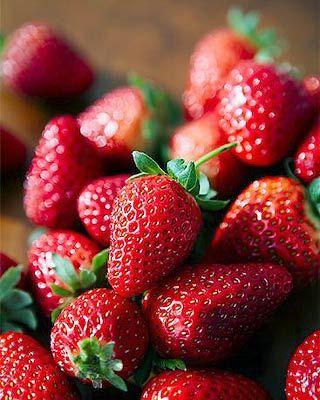
The most common covering material for strawberries is mulch.
Types of covering materials
Mulch is any material that can cover the soil, retain moisture, conduct air and create comfort for soil loosening agents. Bare soil is a bleeding open wound.
Option 1: roofing felt
To cover strawberries, it is better to use mulch from covering materials. This has been done since the 20s. The berries above the mulch are clean, do not rot, and produce more yield.
Strawberries are more of a vegetable garden than a garden. And the ideal option for it is roofing felt mulch. The main requirement for covering material for strawberries is to protect the roots and soil from light.Covering material is the best solution for wintering small plants, in our case strawberries.
All that is required of us is to place the material over the bed and secure it properly so that it does not blow away with the wind. You can familiarize yourself with one of the methods of planting strawberries on beds covered with roofing felt Here.
Option 2: organic mulch
According to reviews from practicing gardeners, mulching strawberries gives very good results. pine litter. Such a shelter provides a lot of advantages: it protects the roots from drying out the soil in the summer, suppresses the growth of weeds, insulates the plant in the winter, and protects the berries from gray rot. But there is also an additional and very significant “bonus” - a significant improvement in the aroma and taste of the berries. Apparently, phytoncides from coniferous trees provide strawberry ovaries and berries with many useful substances.
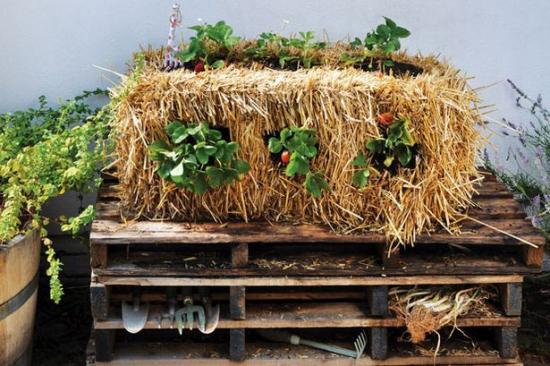
Mulch the strawberry bushes with straw. It also protects the roots from drying out the soil in the summer, suppresses the growth of weeds, insulates the plant in the winter and protects the berries from dirt and gray rot. The soil microflora significantly improves in straw. Bacillus subtilis multiplies in it, producing more than 80 useful antibiotics and phytoncides. In the soil where the hay bacillus feels good, there will never be any root rot.
Semi-rotted sawdust is another organic mulch for strawberries. It also has protective properties against bad weather (cold, drought), fights weeds and protects the crop from contamination. It has a service life a little longer than straw, almost the same as pine needles - 3-4 years.
Seed skins, cardboard, old newspapers, magazines, and wood shavings can also be used to cover the soil around strawberries, but they will have different weed control properties.The main thing is not to dig up the strawberry bed; turning over the soil layers brings weed seeds to the surface, which can be stored in different layers for up to 20 years.
Option 3: live plants
The soil between the rows of strawberries is also planted with one- and two-year-old crops. These can be calendula, marigolds, low-growing nasturtium, garlic, mustard and, finally, parsley. Each of these crops has its own special beneficial soil-improving properties. They also contribute to the accumulation of moisture in winter if their green mass is not removed in the fall.
Parsley protects strawberry plantings from the invasion of snails and slugs. Marigolds, on the contrary, are very tasty for shellfish, but effectively fight nematodes. Calendula, low-growing nasturtium, garlic, and mustard are very “disliked” by all kinds of pathogens, such as rot and mealiness.
If you do not dig up the roots of these crops, the soil becomes structured and a huge number of earthworms and beneficial microorganisms appear in it. There is evidence that properly treated soil after one- and two-year-old plants allows you to do without watering strawberries altogether. Cavities and capillary vessels appear in it, which feed the plants with moisture and nutrients from the lower layers of the soil.
Therefore, it is better to trim such plants and simply place them between the rows. Pruning and replanting annuals can be done 2-3 times per season. And in the fall there is no need to prune at all, let the bushes act as natural snow holders in the strawberry bed.
Special option: covering pyramids and steps
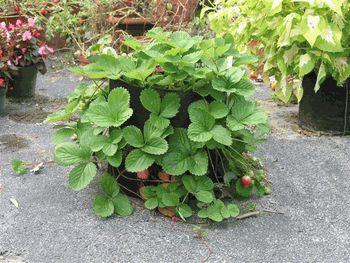
When considering covering materials for strawberries, we must not forget that in addition to planting in beds and in tree trunk circles, there are plantings on specially created structures raised above the ground.It can be different pyramids, stepped beds, flasks, baskets, high beds.
In this case, the soil around the plants is also mulched with various organic matter, and drip irrigation is often provided. For the winter, such plantings are covered with insulating materials - burlap, lutrasil, agril.
Many people still believe that growing strawberries in the garden requires excessive labor, that they must always be loosened, weeded, and so on. By using various covering materials, you can save a lot of time, at the same time improve the soil environment of your site, and annually be content with an excellent harvest from this queen of the garden.

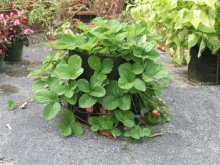
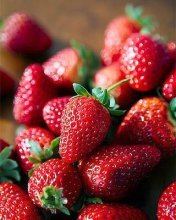
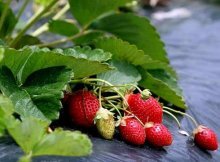
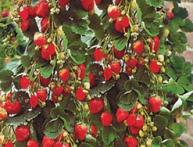
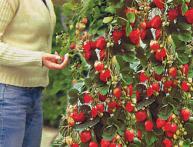
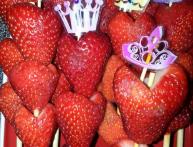
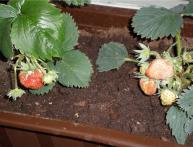
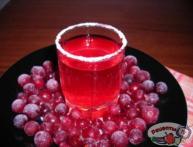
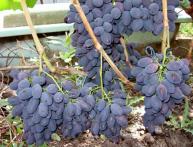
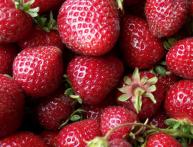
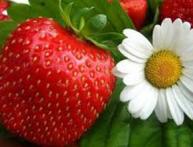
Comments
I also used roofing felt before. Now I have started using synthetic covering material - I simply make slits in it for the bushes and lay them on the ground in 2 layers. For beauty I put sawdust or bark on top.
Our area has such a mild climate that no one really covers strawberries for the winter. We are making a mulched cover with sawdust and this is enough for a good winter for our strawberries.
I agree with you, Natalya. I also add sawdust under the strawberries and that’s enough. No matter how many times I plant it, I never cover it. And thank God, everything is fine, including the harvest.
We have had a strange winter lately, sometimes there is no snow, but the frost hits, not too bad, this time we covered it with sawdust and also covered it with straw. Nothing was frozen, I was very worried about my berries).